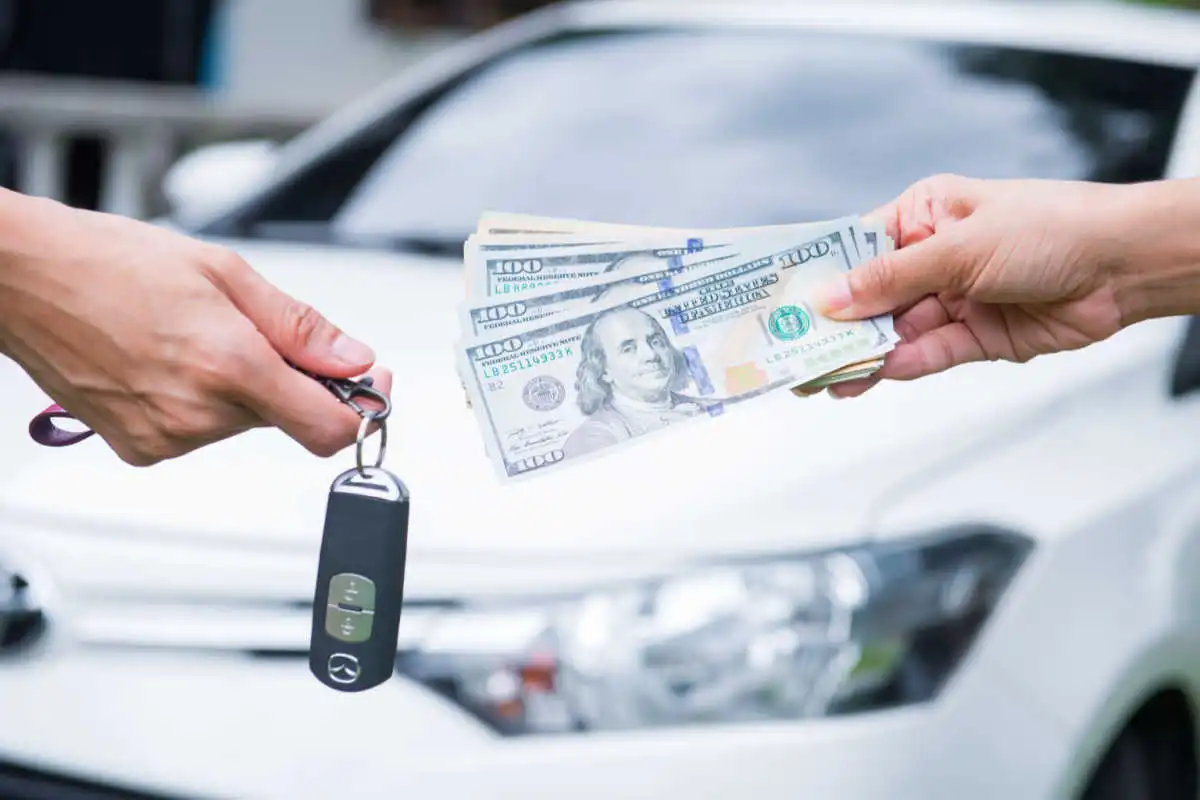Selling your car quickly and maximizing its value can be a bit of a balancing act, but with the right strategies, you can achieve both. Whether you need to upgrade to a new vehicle, manage financial changes, or want to get the best return on your investment, following a few key steps can make a significant difference.
From preparing your car for sale to understanding the market, and choosing the right selling method, every detail matters. This guide will walk you through the essential steps to ensure a smooth and profitable selling process.
By the end, you’ll be equipped with practical tips and strategies to sell your car efficiently and get the most money for it. Let’s see each step to help you go through this process successfully.
Step 1: Clean and Repair Your Car
The first step to maximizing your car’s value is to ensure it looks its best. Start with a thorough cleaning, both inside and out. A clean car creates a strong first impression and signals to potential buyers that the vehicle has been well maintained.
Wash and wax the exterior, clean the windows, and don’t forget to clean the wheels and tires. Inside, vacuum the seats, carpets, and mats, and wipe down all surfaces. Pay special attention to details like the dashboard, console, and door panels.
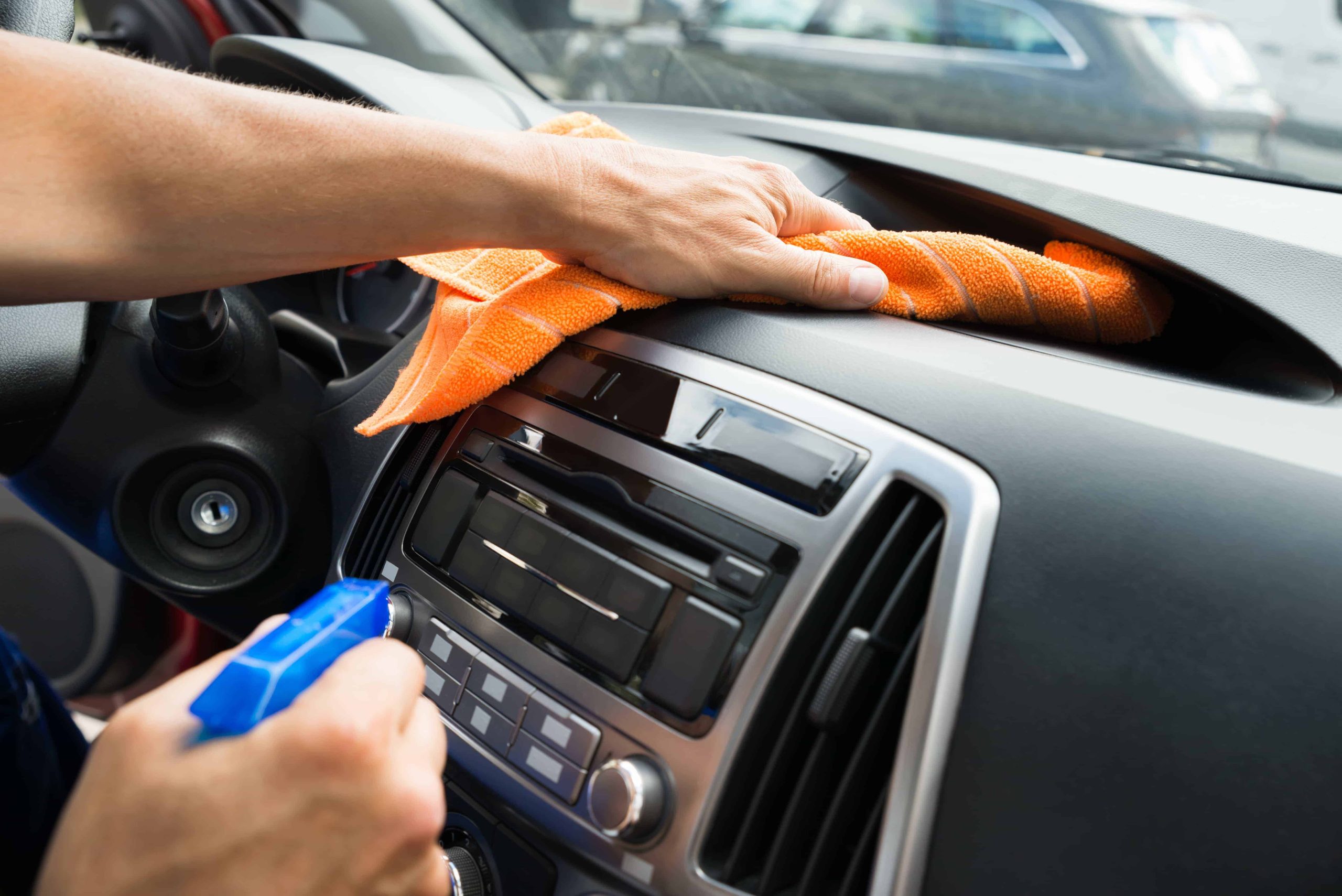
Next, address any minor repairs that could detract from your car’s value. This might include fixing small dents and scratches, replacing burned-out bulbs, or repairing chips in the windshield.
If your budget allows, consider getting a professional detailing service to make your car look as good as new. While it may seem like an additional expense, these repairs and touch-ups can significantly increase your car’s resale value and help it sell faster.
Step 2: Gather and Organize Paperwork
Having all your paperwork in order is crucial when selling your car. Gather important documents such as the vehicle title, service records, and any warranties that might still be valid.
A complete service history shows potential buyers that the car has been properly maintained, which can boost their confidence and justify a higher asking price. If you have receipts for recent repairs or upgrades, include those as well.
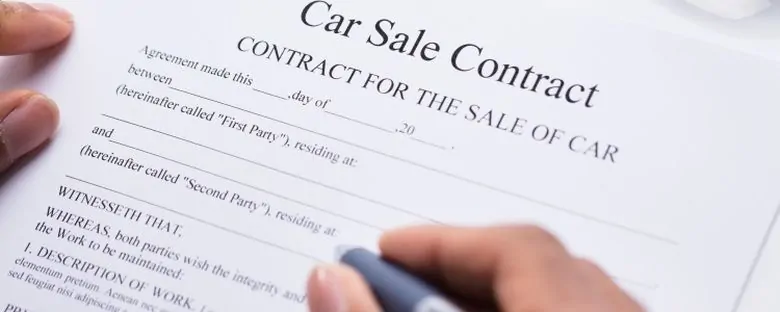
Organize these documents neatly and be ready to present them to prospective buyers. This will streamline the selling process and make it easier to close the deal.
Additionally, check if there are any outstanding recalls on your car and have them addressed. Being transparent and providing comprehensive documentation can set your car apart from others on the market and attract serious buyers.
Step 3: Determine Your Car’s Market Value
Understanding the market value of your car is essential to pricing it correctly and selling it quickly. Start by researching similar cars for sale in your area. Look at listings on various online marketplaces, dealer websites, and classified ads to get a sense of what similar vehicles are selling for.
Pay attention to factors such as the car’s age, mileage, condition, and location, as these will all affect its value. You can also use online valuation tools like Kelley Blue Book or Edmunds to get an estimate of your car’s worth. These tools consider various factors and provide a range that you can use as a baseline.
Be realistic about your car’s condition and set a competitive price. If your car is priced too high, it may sit on the market for a long time. Conversely, if it’s priced too low, you might not get the maximum value for it.
Step 4: Choose the Right Selling Method
Deciding how to sell your car is another critical step. You can sell it privately, trade it in at a dealership, or use an online car-buying service. Each method has its pros and cons. Selling privately might get you the most money, but it requires more time and effort. You’ll need to handle advertising, showings, and negotiations yourself.
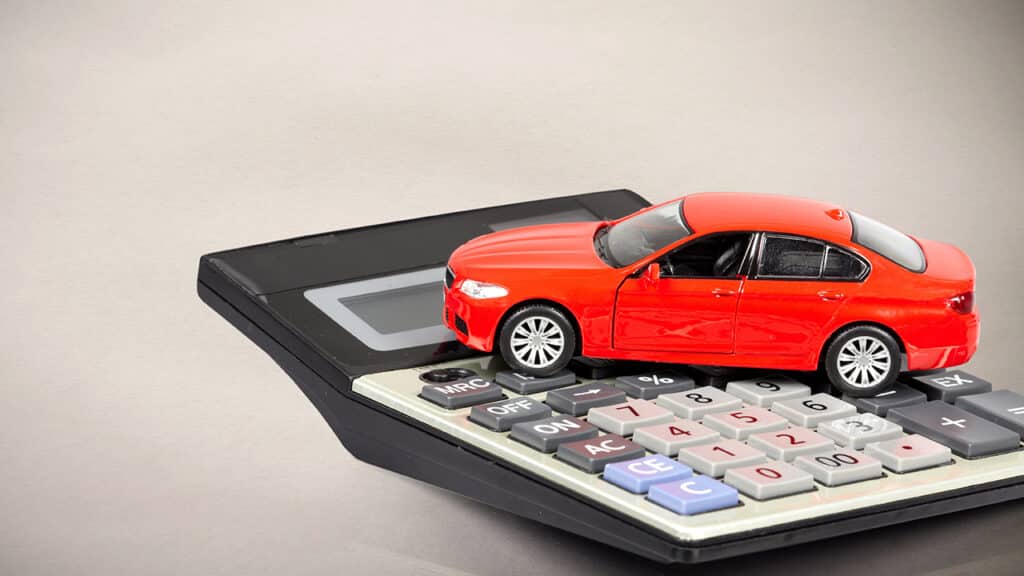
Trading your car at a dealership is convenient and quick, but you might not get as much money compared to a private sale. However, it’s a good option if you’re planning to buy your next car from the same dealer.
Online car-buying services like Carvana or Vroom offer a balance between convenience and value, often providing competitive offers without the hassle of traditional sales methods. Evaluate your priorities and choose the option that best fits your needs and timeline.
Step 5: Prepare an Attractive Listing
If you choose to sell your car privately, creating an attractive and detailed listing is crucial. Start with high-quality photos of your car from various angles. Include shots of the exterior, interior, and close-ups of any special features or recent upgrades.
Good photos can attract more potential buyers and give them a clear idea of what to expect. Write a compelling description that highlights your car’s best features and provides essential information such as the make, model, year, mileage, and condition.
Mention any recent maintenance or repairs, and be honest about any issues. Transparency builds trust and can speed up the selling process. Also, include your contact information and be prepared to answer questions from interested buyers. An attractive, well-crafted listing can set your car apart and attract serious offers.
Step 6: Negotiate and Close the Deal
When you start receiving offers, be prepared to negotiate. Set a minimum price you’re willing to accept and stick to it. Stay patient and professional throughout the process. Understand that buyers will likely try to negotiate, so be ready with counteroffers and justifications for your asking price.
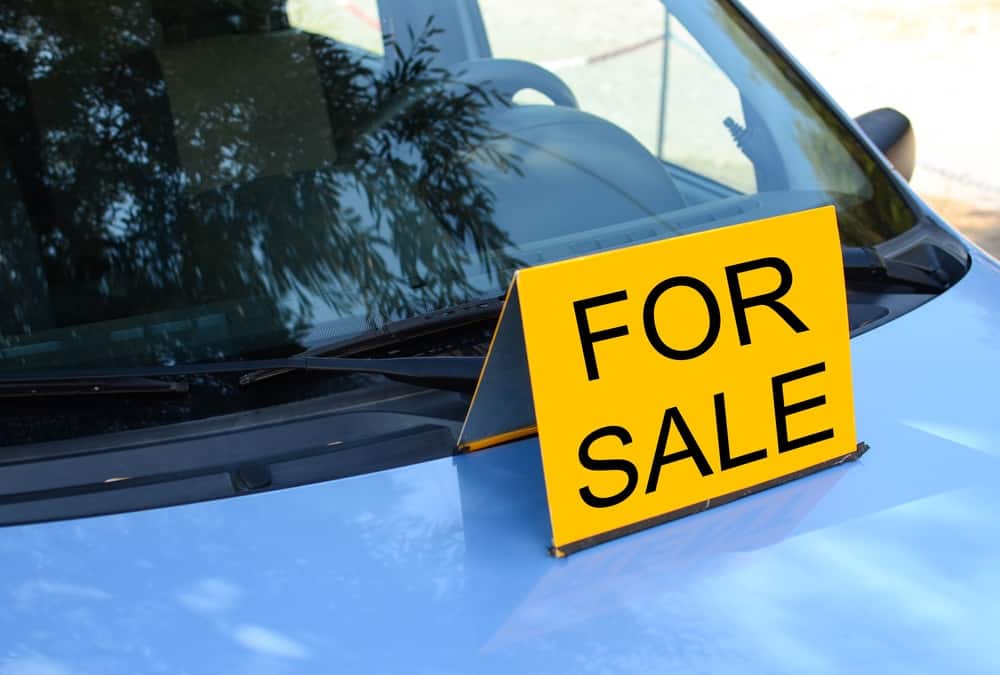
Once you reach an agreement, prepare a bill of sale and ensure all paperwork is properly completed. This includes transferring the title and canceling your insurance. If you’re meeting a buyer in person, choose a safe location, preferably during daylight hours. After the sale is finalized, make sure to remove your personal belongings from the car and hand over all the keys and documents.
Step 7: Screen Potential Buyers
When selling your car privately, it’s essential to screen potential buyers to ensure a smooth and secure transaction. Start by responding promptly to inquiries and asking questions to gauge the seriousness of the buyer. Questions about their intended use, financing, and timeline can help you assess their level of interest and commitment.
Arrange test drives with serious buyers, but take precautions to ensure your safety. Meet in a public place, preferably during daylight hours, and bring a friend or family member along if possible.
Verify the buyer’s identification and have them leave a form of collateral, such as their driver’s license, while they test drive the car. During the test drive, answer any questions and highlight the car’s features and recent maintenance.
Step 8: Handle Payment Securely
Once you’ve found a serious buyer and agreed on a price, it’s crucial to handle payment securely. Avoid accepting personal checks, as they can bounce, and opt for more secure methods such as cashier’s checks, bank transfers, or cash. If you’re accepting cash, meet in a safe, public location and consider bringing a friend or family member for added security.

Verify the payment before handing over the keys and documents. If you’re using a cashier’s check, go with the buyer to their bank to verify its authenticity. For bank transfers, ensure the funds have cleared into your account before finalizing the sale. This extra diligence can prevent scams and ensure a smooth transaction.
Step 9: Complete the Paperwork
Properly completing the paperwork is crucial to finalizing the sale and transferring ownership legally. Provide the buyer with a bill of sale that includes details of the transaction, such as the sale price, vehicle identification number (VIN), and both parties’ names and signatures. This document serves as a receipt and proof of the transaction.
Sign over the title to the buyer, ensuring that all required fields are filled out accurately. Notify your local Department of Motor Vehicles (DMV) of the sale to officially transfer ownership and avoid any future liability. Cancel your insurance on the vehicle once the sale is complete and the buyer has taken possession.
Step 10: Follow Up
After the sale, follow up with the buyer to ensure they are satisfied with their purchase and to address any post sale questions they might have. This step can help build goodwill and ensure a positive experience for both parties.
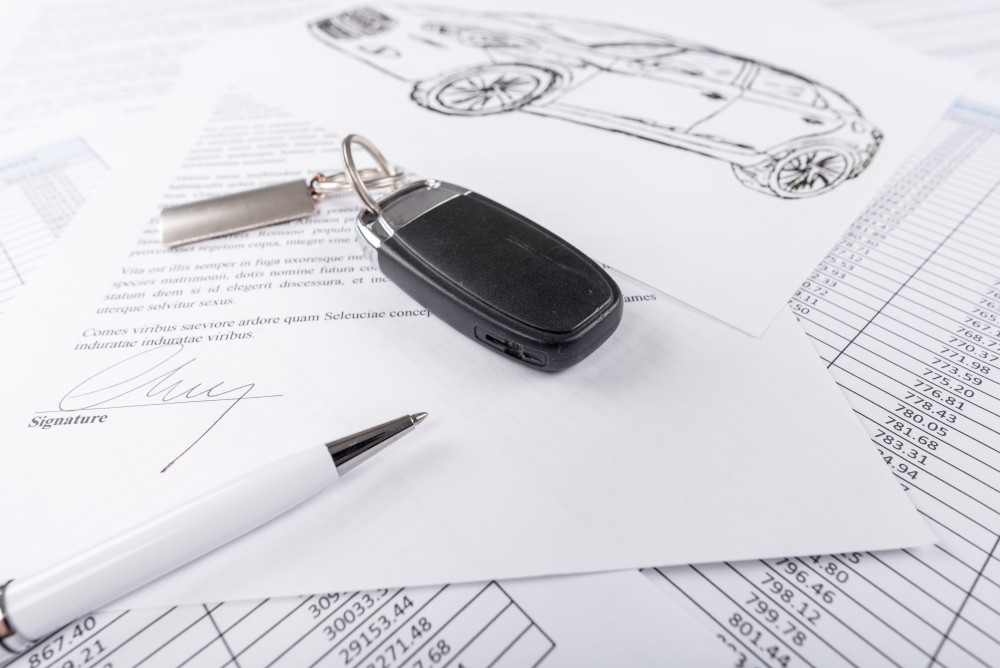
Additionally, keep records of the transaction for your files, including copies of the bill of sale, signed title, and any communication with the buyer.
By following these steps, you can sell your car quickly and maximize its value, ensuring a smooth and successful transaction.

